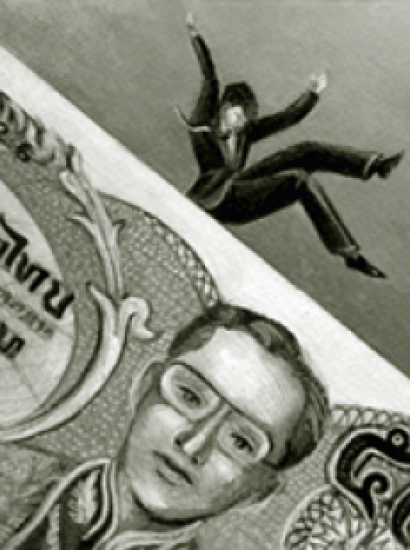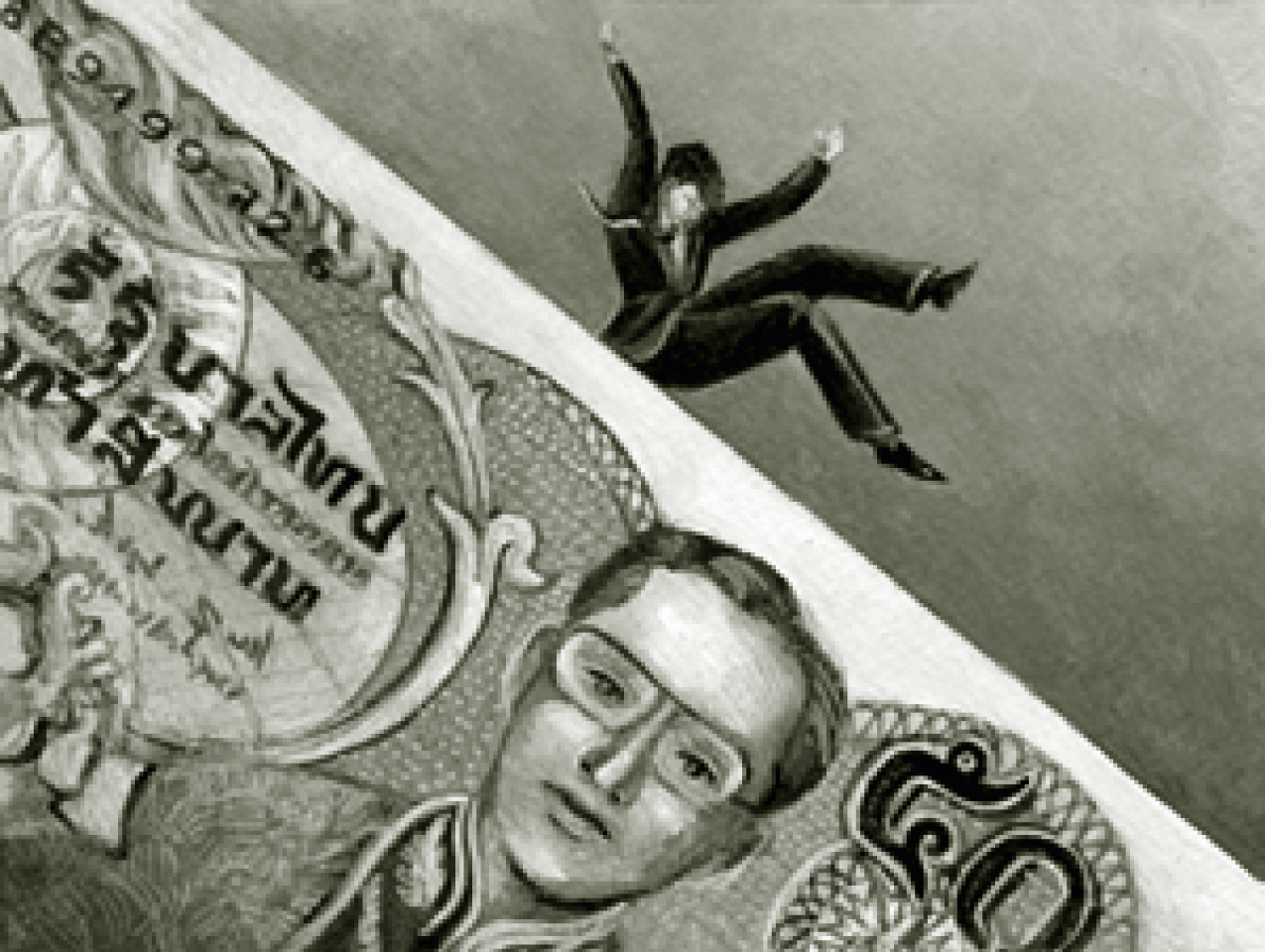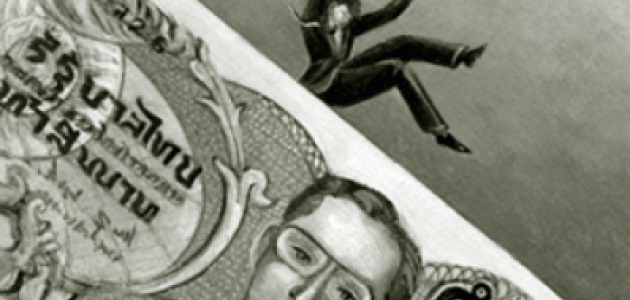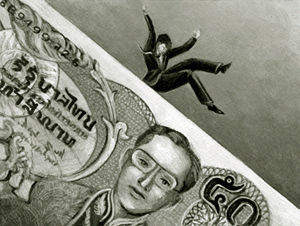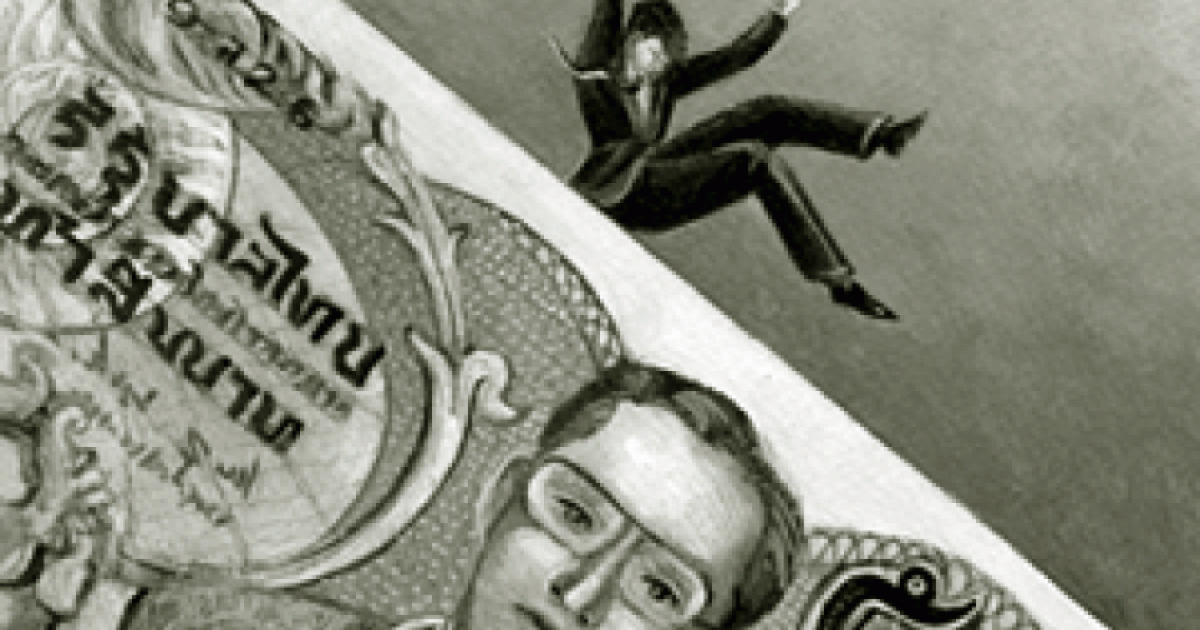- Economics
- Monetary Policy
Monetary turmoil has rocked the economies of several rapidly growing Asian nations since
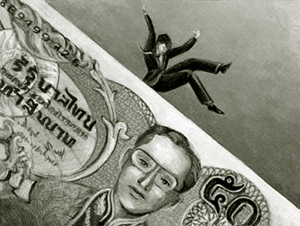
Thailand devalued the baht last summer. These events dramatically focused attention on the systems used by developing countries to determine the international values of their currencies. Free-floating exchange rates provide the greatest flexibility in adjusting to changing economic circumstances, yet I believe most developing countries should instead choose to tie the value of their local currencies to the dollar, mark, or yen.
With flexible rates, exchange values are determined by supply and demand in international currency markets. The floating money automatically falls or rises in value as a nation's competitive position deteriorates or improves. This system eases the adjustment to country-specific economic events that reduce demand for exports, such as rising costs caused by a surge in domestic wages in excess of productivity growth.
Under floating rates, however, nations can debase their currencies by printing money to finance government spending. Inflation simply depreciates the value of flexible currencies to maintain a rough parity between the domestic cost of goods and their cost in nations inflating less rapidly. Since developing nations usually have rudimentary tax systems, together with a developed country's appetite for government spending, they are often tempted to resort to financing government expenditures by printing money.
| Rigidly fixed exchange rates have immense advantages for the great many developing (and other) nations that can't trust their governments to act responsibly. |
Turnaround
The experience of the floating Turkish lira provides a clear illustration of these problems. This currency has enormously depreciated over time--it trades at more than 160,000 to the dollar--because, for many years, the government has recklessly printed money to finance extensive military and other spending. Argentina suffered from hyperinflation in the 1980s as prices sometimes rose at an annual rate of more than 1,000 percent, and its peso became almost worthless. Military and civilian governments created money at an incredible rate to finance spending. Only after Argentina tied its peso to the dollar under President Carlos Saúl Menem and Economy Minister Domingo Cavallo did that nation manage to limit the printing of pesos.
Argentina tamed inflation by taking control of the peso supply. The government set the peso at a fixed rate of exchange of one to one with the dollar and fully backed the issue of pesos with dollar reserves. Its money supply can increase only when foreign reserves grow, either because of capital inflows or an excess of exports over imports. Using an arrangement similar to Argentina's, Brazil drastically cut its inflation rate from more than 900 percent in 1994 to 10 percent in 1996 and a still lower rate in 1997.
Welcome Tether
No country with full foreign reserve backing for its money supply can have runaway inflation for the simple reason that power over the printing press is taken away from governments. They cannot print money to gain political support by subsidizing and assisting domestic interest groups.
Unfortunately, most developing nations do not have complete backing for their currencies, so the growth of their money supply is not automatically constrained. These systems allow governments to mismanage monetary and fiscal policy and are subject to strong devaluation pressures and financial crises.
A good example is the Thai baht, which fell in value by more than 20 percent compared with the dollar after its government was forced to devaluate. The baht came under enormous pressure because of the rising budget deficit, as the government printed money to bail out politically powerful financial companies and other troubled companies. Officials in Thailand blamed George Soros and other foreign money managers for their problems, but these traders responded to economic conditions mainly created by those governments.
Rigidly fixed exchange rates have been criticized because they do not permit nations to devalue in response to reduced international demand for their goods and services. Local markets, however, usually learn to adjust rather well to various shocks when there is a commitment to stable exchange rates. Since 1983 the Hong Kong dollar has been tied to the American dollar at a rate of about seven to one--Hong Kong has foreign reserves of about $70 billion. Yet Hong Kong prospered even when the American dollar greatly appreciated in value.
By eliminating inflationary finance and creating a stable monetary environment, rigidly fixed exchange rates have immense advantages for the great many developing (and other) nations that can't trust their governments to act responsibly in fiscal and monetary matters.









